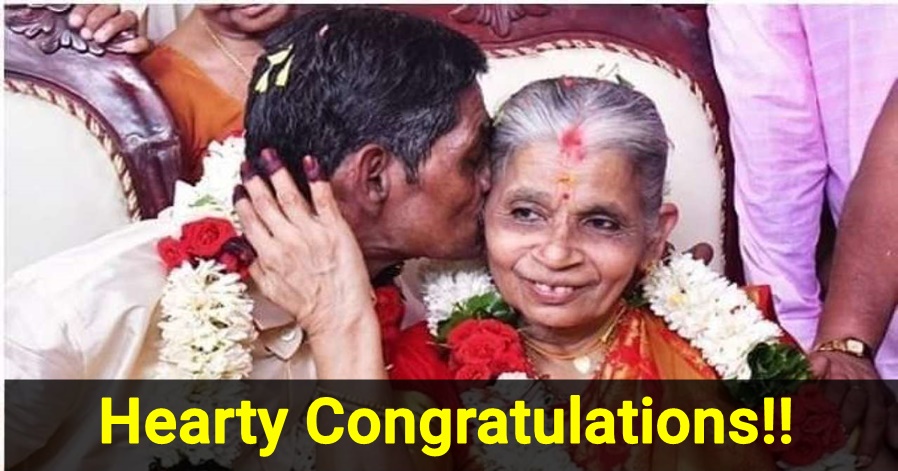No products in the cart.
A quick information on India’s paramilitary forces and their roles; full details explained
6 years ago, the Home Ministry gave a sanction to grant the status of martyr to personnel from the paramilitary forces who sacrifice their lives in the line of duty. It should be noted that the 7th Central Pay Commission batted for allowing martyr status to personnel of central paramilitary forces on the lines of armed forces.
In a direction to the government the commission said, “the Commission is of the view that in case of death in the line of duty, the force personnel of Central Armed Police Forces should be accorded martyr status, at par with the defence forces personnel”.
In a proud moment, as many as 10 lakh personnel serve in seven paramilitary, namely- Central Reserve Police Force (CRPF), Central Industrial Security Force (CISF), Sashastra Seema Bal (SSB), Assam Rifles (AR), Indo-Tibetan Border Police (ITBP), National Security Guards (NSG) and Border Security Forces (BSF).
However, all these seven forces play different roles. Let’s learn more about it.
1. Assam Rifles (AR)
Assam Rifles was founded in the year 1835. It is to be noted that AR is the oldest of all paramilitary forces. Currently, there are 46 battalions of Assam Rifles under the Ministry of Home Affairs.
The main job of AR is to counter insurgency and also hold border security operations. Since the year 2002, they are also protecting the 1,643 km long Indo-Myanmar border.
2. Border Security Force (BSF)
The Border Security Force is the country’s primary border guarding organization on its border with Pakistan and Bangladesh. It was found on 1 December 1965. Border Security Force came into existence after the 1965 Indo-Pakistan war, to ensure the security of the borders of India.
As many as 2.4 lakh personnel contribute to BSF. It is also called the ‘First Wall of Defence of Indian Territories.
3. Central Industrial Security Force (CISF)
The Central Industrial Security Force is a Central Armed Police Forces in our country. It was established under an Act of the Parliament of India on 10 March 1969 with a strength of 2,800.
Their main job is to provide security to Public Sector Undertakings (PSUs). Currently, they offer security cover to 300 industrial units. It is worth mentioning here that even the currency note presses producing Indian currency are guarded by CISF.
Today, CISF is the largest industrial security force in the world with incredible strength of 165,000 personnel.
4. Central Reserve Police Force (CRPF)
The Central Reserve Police Force is the country’s largest Central Armed Police Force. It operates under the authority of the Ministry of Home Affairs of the Government of India. The CRPF takes care of the internal security of every nook and corner of the country.
For the unversed, combating the Naxal operations, giving a helping hand to State and Union Territories with regard to police operations to maintain law and order and assisting with UN peace-keeping missions are all part of CRPF’s task.
Interestingly, the CRPF protected the India-Pakistan Border until 1965, after which the BSF was established. In the 2001 Parliament attack, CRPF troops neutralised five terrorists when they entered the premises.
5. Indo-Tibetan Border Police (ITBP)
The ITBP was set up after the 1962 Indo-China war, under the CRPF Act. It guards the northern borders and apart from that, it detects and fends off every border violations and assists the locals feel secure.
Indo-Tibetan Border Police also monitors illegal immigration and trans-border smuggling. They protect the Indo-Tiber border and the mountainous regions of the Indo-China border.
The ITBP is also very well skilled in the areas of disaster management. They have also been positioned in UN peacekeeping missions in Bosnia and Herzegovina, Kosovo, Sierra Leone, Haiti, Western Sahara, Sudan, and Afghanistan respectively.
6. National Security Guard (NSG)
The emergence of the National Security Guard was a result of Indira Gandhi and Operation Blue Star. It should be noted that it was raised to fight terrorist activities and also to make sure that the states do not see any internal troubles.
For the unversed, NSG is often referred to as Black Cats due to their uniform consisting of black dress and black cat insignia.
7. Sashastra Seema Bal (SSB)
Sashastra Seema Bal was established in the year 1963. It is to be noted that SSB protects the Indo-Nepal and Indo-Bhutan borders.
In 2014, the government had sanctioned the appointment of women as combat officers in SSB.
SSB was previously known as Special Service Bureau. The main job of SSB is to handle anti-national activities and instil feelings of national belonging in the border population among others.








